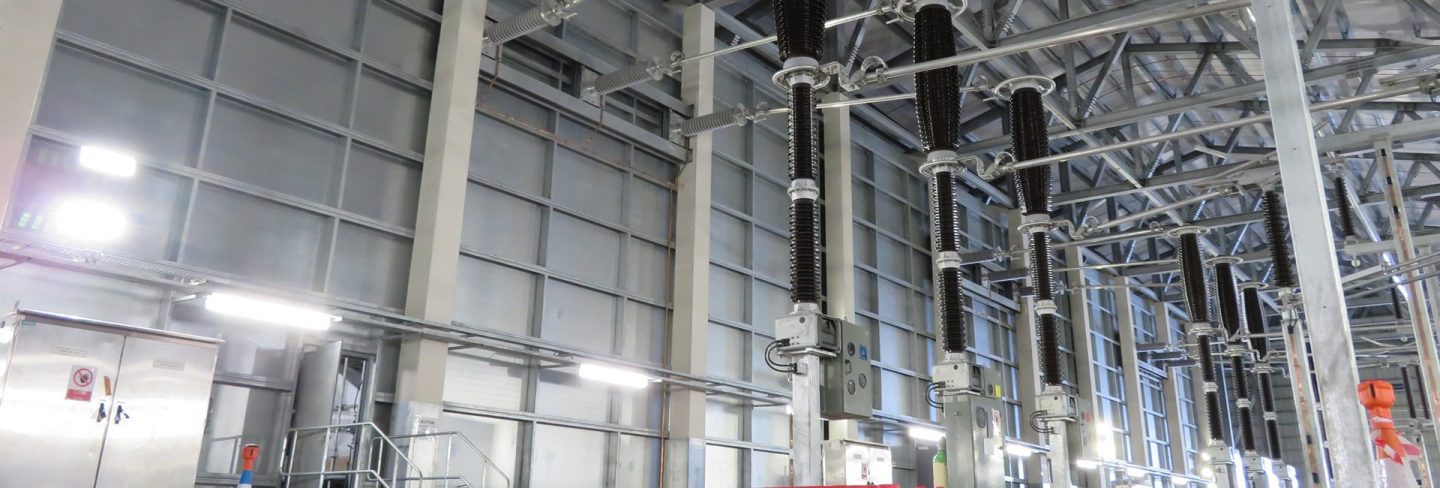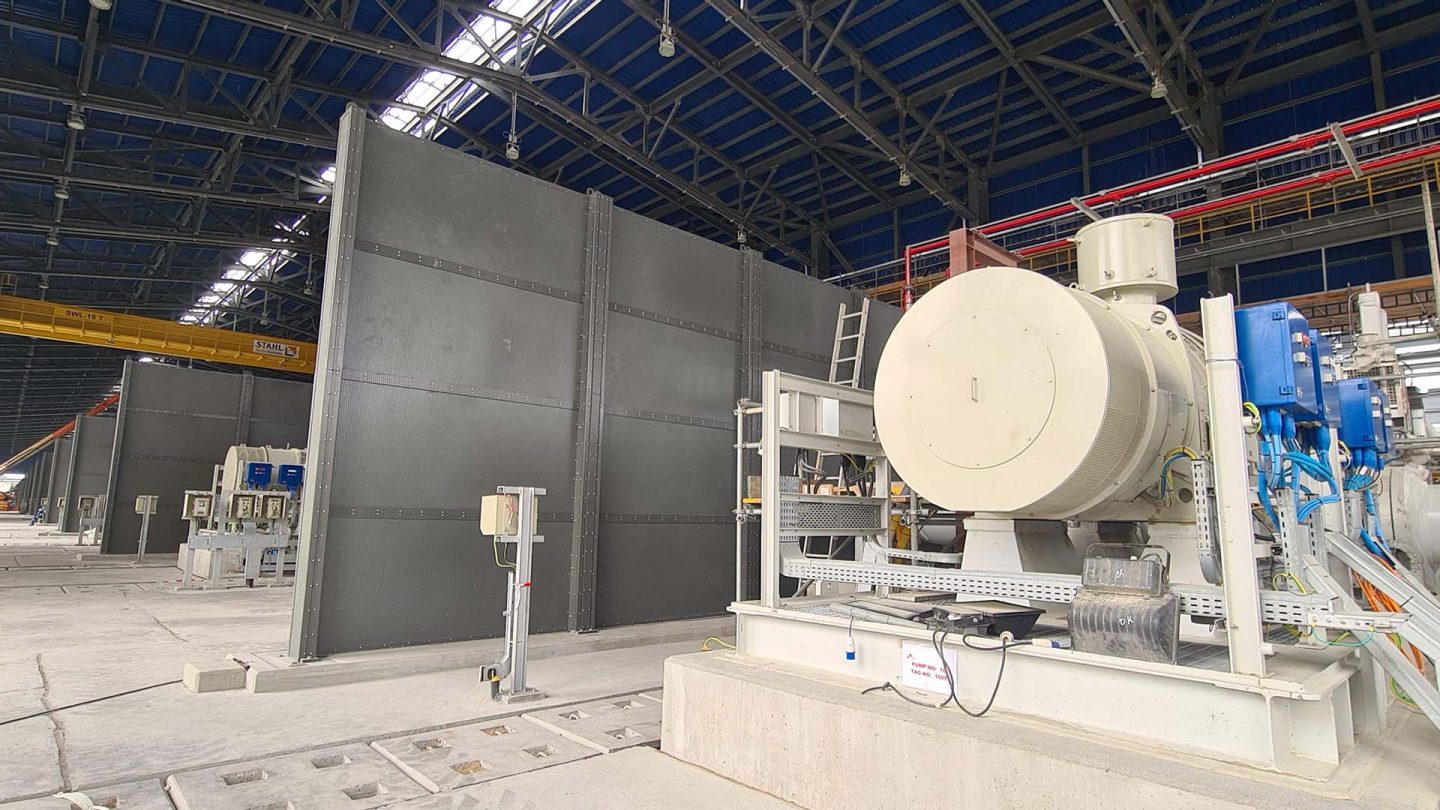For your information
You are being redirected to one of our divisional subsites which contains more detailed information on the required division. To navigate back to the main Invicta Group site, please click the link found in the footer at the bottom of the page.
- Durasteel
Discover the benefits of Durasteel
- Systems
Systems
- Expertise
Expertise
-
Applications
- Aircraft Hangar Fire Protection
- Battery Storage Facilities
- Building Fire Compartmentation
- Anti-Terrorist Blast Protection
- Cable Tunnel Fire Compartmentation
- Equipment Delivery Hatches
- Equipment Enclosures
- Heat Shields
- Power Station Fire Protection
- Metro and Rail Fire Protection
- High Voltage Cable Protection
- Substation Fire & Blast Protection
- Tunnel Fire Protection
- Oil & Gas Fire & Blast Protection
- Ventilation Systems
- Wind Farm Fire Protection
-
Applications
- Projects
- Insights
Insights
-
Articles
- Blast Protection System Design Considerations & Design Criteria
- How to Conduct a Fire Risk Assessment for Factories and Warehouses
- Minimising the Risk of Fire, Blasts & Explosions in the Middle East
- Understanding Integrity, Stability and Insulation in Passive Fire Protection
- Triangle of Fire & Active vs Passive Fire Protection
- Frequently Asked Questions
- A to Z of Terms
-
Articles
- Contact
Contact

UK +44 1843 220 256

US +1 305 328 9444

UAE +971 4 277 6225

Qatar +974 4441 4340

India +91 99 0355 9793

Malaysia +60 16 286 6225
- Start your project
Drone attacks herald another shift in terror threats
12th July 2022
Eye on the skies
Quick Quote
Contact Fraser Shearer Sarun Vysakham Ben Tan Azim Rizvi Anand Raghavan Our USA Office
To get a quotation or arrange a free site survey - Call Fraser Shearer Sarun Vysakham Ben Tan Azim Rizvi Anand Raghavan Our USA Office on
-
 UK
UK
-
 UAE
UAE
-
 Malaysia
Malaysia
-
 India
India
-
 Qatar
Qatar
-
 USA
USA
Current location:
Quick Quote
Contact Fraser Shearer Sarun Vysakham Ben Tan Azim Rizvi Anand Raghavan Our USA Office
-
 UK
UK
-
 UAE
UAE
-
 Malaysia
Malaysia
-
 India
India
-
 Qatar
Qatar
-
 USA
USA
Current location:
Drones are a seemingly endless source of issues and complaints, from concerns around noise and damages, to spying and voyeurism, to interfering with flight paths and airports. Increasingly however, drones are posing an active security threat – and could have major ramifications for the safety and security of critical infrastructure.
The capacity for drones to attack from above, without warning and with substantial payloads poses new threats and new questions for facilities around the world. As we continue to grapple with the best way to detect and intercept these drones, more sites may need to consider anti-terrorist blast protection – and new methods may be required to shield them from damage.
Modern terrorism
The shift in the means and targets of terrorism has been evident over the past few decades. For much of the 20th century, terrorism did not seem like a tangible threat to many people around the world. Individual incidents were often perpetrated by individuals or small groups, driven either by a fringe ideology or some sort of personal grudge. 9/11 and the subsequent ‘War on Terror’ highlighted the potential for orchestrated attacks on high-profile targets, in seemingly safe locations, and on a scale that few people could have dreamt of.
The aforementioned War on Terror seemingly did little to dispel the threats terrorism posed, and if anything may have accentuated them. The ideology that drove those attacks found more converts, not just in the countries where they originated, but all across the world. National agencies suddenly found that a threat which had previously been external was now internal, with individual actors and cells appearing sporadically, often radicalised by materials found online.
Today, the threat posed by terrorism is more complex, if not more potent. In the US and elsewhere, the profile of domestic terrorists is changing, with ‘incels’ and other fringe ideologies proving a more common threat. And while the bombings and car attacks which became more frequent have been defused, both by increased surveillance and protective measures, new technologies are enabling new kinds of attacks – including drones that can attack from distance, and even across borders.
An emerging threat
The prospect of drone attacks becoming a more common occurrence is extremely worrying for a number of reasons. It is an obvious point, but the ability to attack from the air circumvents a number of protections that we might otherwise have against blasts, such as those from typical terrorist attacks. Barriers which can be used to prevent car bombings are useless, and typical blast barriers or walls may typically be placed alongside vulnerable areas to absorb lateral blast damage.
Despite having existed in some capacity for decades, defending against drone attacks is also still an emerging area of blast protection. With the development of military drones being extremely hazy – as is to be expected of any cutting-edge military hardware – it becomes extremely difficult to gauge exactly what their destructive capacity is. Without this knowledge, it isn’t possible to test blast protection against ‘drone attacks’ as a categorisation.
As a result, there is currently no ‘anti-drone standard’ for fire and blast protection. What little we know comes from the characteristics of recent attacks, such as the strike last year on an oil tanker off the coast of Oman. In these cases, precise strikes caused explosions which killed several people, and caused substantial localised damage. The Oman attack created a hole of roughly 6ft in the pilot house of the tanker, and destroyed much of the interior.
Protecting against attacks
While it is impossible to be certain, such explosions would seem to fall within the limits of existing blast protection solutions. The object of these attacks appears to be the targeting of limited areas with critical functionality, as in the case of the attack on the bridge of the ship, or those on energy infrastructure. This matches the use case of blast protection for critical infrastructure, where the expected means of attack is an improvised explosive or vehicle attack at ground level.
The prospect of bombing the top of a target is concerning in the sense that it may bypass some existing solutions, but it shouldn’t be outside of the scope of existing blast protection methods. A 9.5mm Durasteel panel can withstand impacts up to 4000 joules, and resist projectiles up to 2793 joules. As 4000 joules is equivalent to around a 9.5 ton explosive, it should be within the capacity of a properly designed Durasteel blast protection system to shield against a drone strike.
The application of such a system would depend on the nature of the site being protected. Blast rated Durasteel ceilings – typically used to enhance structural protection in areas such as basement substations – could be deployed in other areas, either alone or in combination with concrete slabs. These panels offer high impact resistance, and have the benefit of impeding the progress of a fire should one occur as the result of an explosion. This has the capacity not just to protect critical infrastructure and personnel from the initial damage of a blast, but to provide time for an effective emergency response.
–
Changing and evolving threats are part and parcel of building protection, particularly in the case of vulnerable infrastructure such as energy production and transportation. While drones pose a new challenge, it is not beyond the capability of organisations or governments to protect against them. The real question is how many facilities may be at risk – and how many more incidents there need to be to establish that threat. To learn more about how Durasteel can protect against drone attacks, explosions and other fire and blast risks, contact us today.
Accreditations & Affiliations











SpecUp - System Specification Wizard
Answer the 5 short questions below to receive your recommended Durasteel system specifications. Hover over the ? icons for a brief explanation.
Question 1/5
Type of system required?
Question 2/5
Fire rating required?
Question 3/5
Fire integrity-only or integrity and insulation?
Question 4/5
Fire attack risk from one side or both sides of the system?
Question 5/5
Blast rating required in addition to fire rating?
Creating your results page
Thanks for completing the SpecUp, you’ll be redirected to your results shortly.
Click here if you aren't redirected after a few secondsStart your project
Tell us about your project. Please complete this form. One of our sales team will come back to you with more details. If you prefer, you can drop us an email.




Share/Like this page